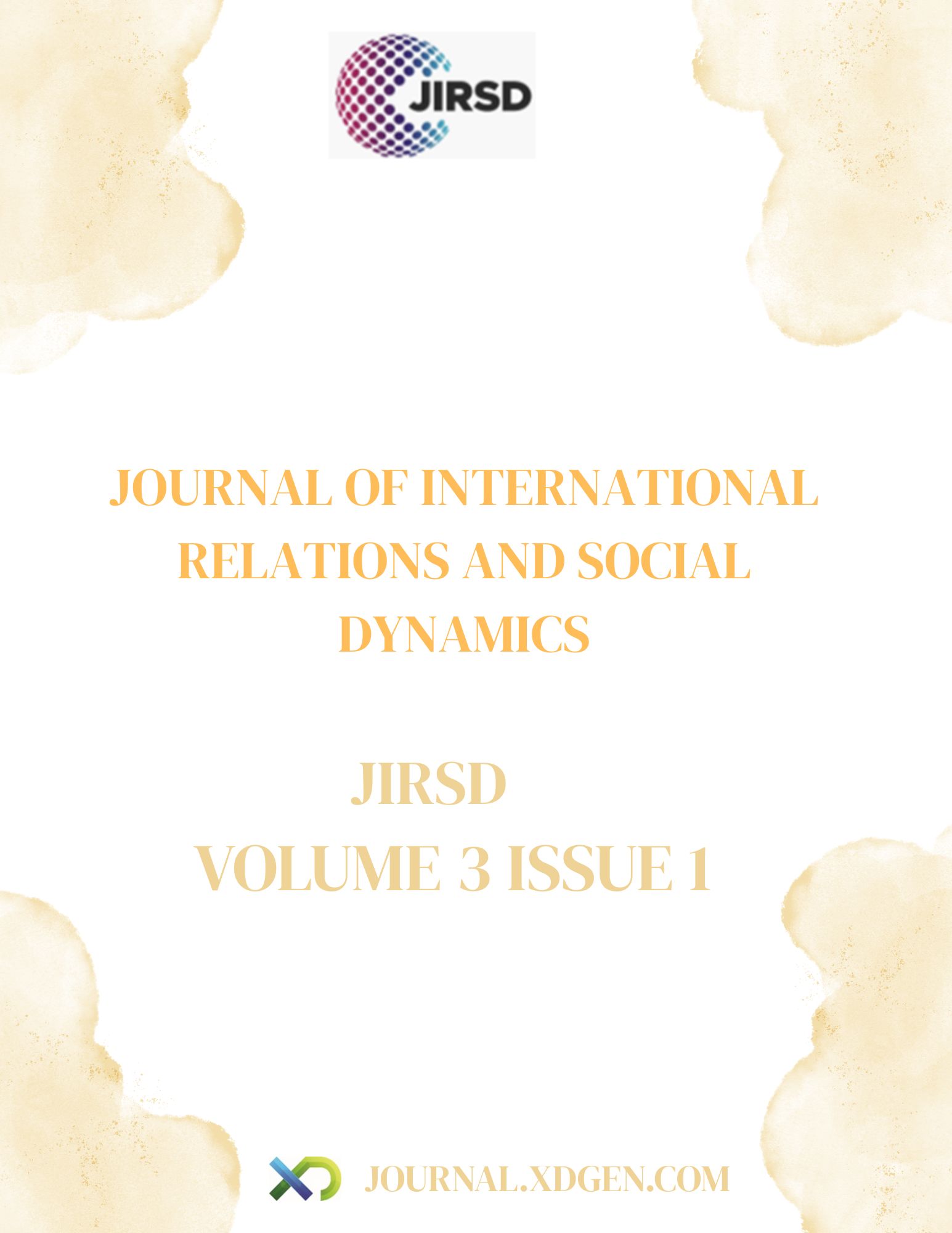Navigating Digital Sexual Violence and Harassment (DSVH) in Low- and Middle-Income Countries: Scope, Impact, and Coping Strategies
Keywords:
Digital Sexual Violence and Harassment (DSVH), Low- and Middle-Income Countries (LMICs), Online sexual harassment, Image-based abuse, Coercive control, Monitoring using digital technology, Perpetrator motivationsAbstract
DIgital Sexual Violence and Harassment (DSVH) is a pervasive global issue, particularly impacting Low-and Middle-Income Countries (LMICs) due to the rapid expansion of technology. This study presents a comprehensive analysis of DSVH, focusing on its prevalence, impact on victims, and coping mechanisms in LMICs. The literature review highlights the wide range of definitions and categories of DSVH, including online sexual harassment, image-based abuse, coercion, and monitoring using digital technology. Perpetrators utilize various platforms such as social media, messaging apps, and websites to carry out DSVH, with motivations ranging from financial gain to maintaining patriarchal power structures. Results from the study reveal the diverse impacts of DSVH on victim-survivors, including psychological trauma, social isolation, reputational harm, financial repercussions, and physical injuries. Victim-survivors employ coping mechanisms such as self-censorship, seeking support from family and friends, and engaging indirect actions like blocking perpetrators. The study underscores the urgent need for effective interventions and policies to address DSVH in LMICs, ensuring the safety and well-being of individuals vulnerable to digital sexual violence and harassment.

